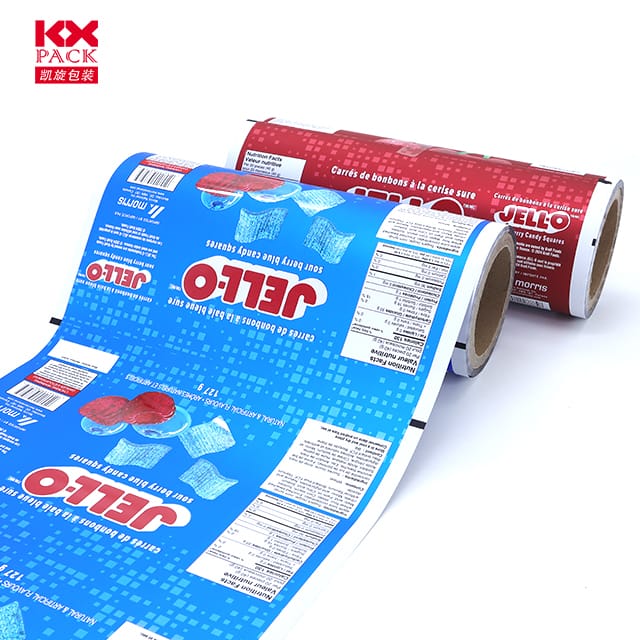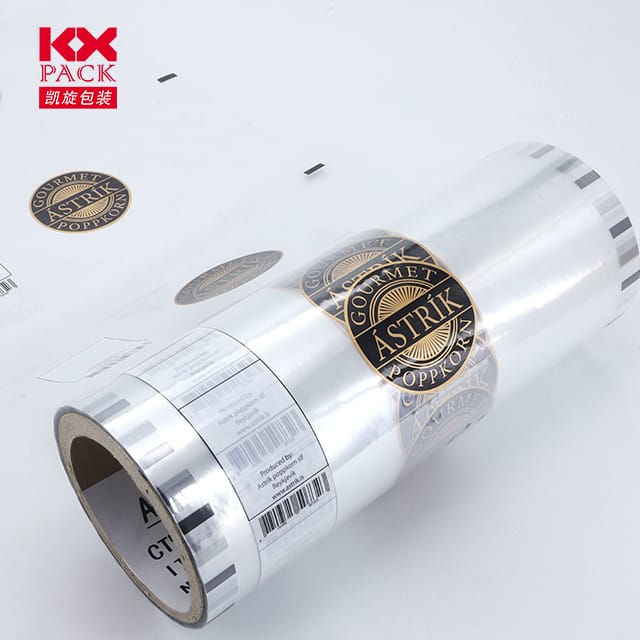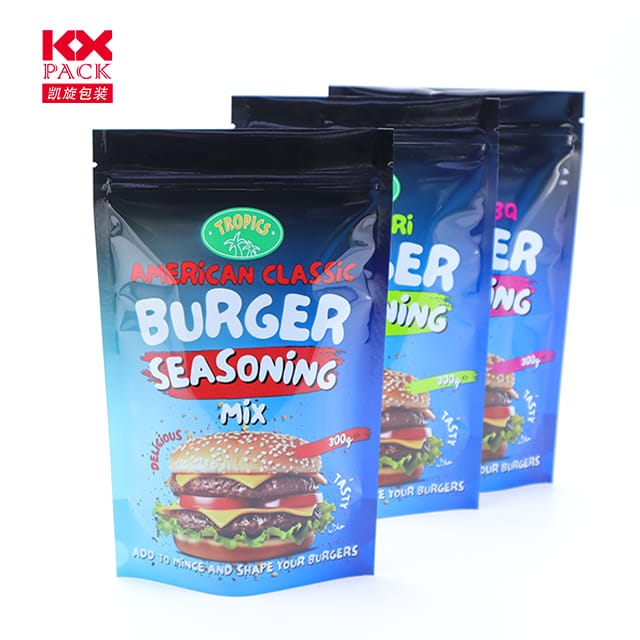Plastic Packaging Film Manufacturer: Navigating Innovation and Sustainability in a Dynamic Market
Plastmasas iepakojuma plēve
In the vast and ever – evolving landscape of the packaging industry, plastic packaging film manufacturers play a pivotal role. These manufacturers are at the forefront of producing a material that is ubiquitous in our daily lives, from the food we eat to the products we buy. Tomēr, they also face significant challenges and opportunities in an era marked by increasing environmental awareness and technological advancements.
The Role and Importance of Plastic Packaging Film
Plastic packaging film serves multiple crucial functions. It acts as a protective barrier, shielding products from moisture, dust, skābeklis, and light, which helps to extend their shelf life. For the food industry, this is particularly vital as it reduces food waste and ensures that consumers receive fresh and safe products. Piemēram, a layer of plastic film on a pack of vegetables can prevent them from wilting and spoiling quickly.
In addition to protection, plastic packaging film also provides convenience. It can be easily sealed, opened, and resealed, making it ideal for products that are used frequently or in small quantities. The transparency of many plastic films allows consumers to see the product inside, which is an important factor in marketing and product selection. Turklāt, plastic packaging film is lightweight and flexible, which reduces transportation costs and enables efficient storage and display of products.
Technological Innovations in Plastic Packaging Film Manufacturing
To stay competitive in the market, plastic packaging film manufacturers are constantly investing in research and development to introduce new technologies. One of the significant advancements is the development of high – barrier films. These films are engineered to have superior resistance to gases, mitrums, and aroma transfer, making them suitable for packaging sensitive products such as coffee, uzkodas, and pharmaceuticals. Piemēram, some high – barrier films use a combination of different polymers and coating technologies to create a multi – layer structure that provides enhanced protection.
Another area of innovation is in the field of biodegradable and compostable plastic films. As environmental concerns grow, manufacturers are developing films that can break down naturally over time, reducing their impact on landfills and the environment. These biodegradable films are often made from renewable resources such as starch, celuloze, or polylactic acid (Pla). Some manufacturers are also working on improving the performance of these biodegradable films to match or exceed that of traditional plastic films in terms of strength, flexibility, and barrier properties.
Smart packaging is another emerging trend in the industry. Plastic packaging film manufacturers are incorporating sensors, indicators, and other intelligent technologies into their films. Piemēram, time – temperature indicators can be embedded in the film to monitor the freshness of food products during storage and transportation. These indicators change color or provide other visual signals when the product has been exposed to temperatures that may affect its quality, allowing retailers and consumers to make informed decisions.
Sustainability Challenges and Solutions
While plastic packaging film offers numerous benefits, it also poses significant environmental challenges. The large – scale production and disposal of plastic films contribute to pollution and the depletion of non – renewable resources. To address these issues, manufacturers are taking several steps towards sustainability.
One approach is to increase the use of recycled materials in the production of plastic packaging film. By incorporating post – consumer recycled (PCR) or post – industrial recycled (PIR) plastics into their products, manufacturers can reduce the demand for virgin materials and divert waste from landfills. Tomēr, there are challenges associated with using recycled materials, such as ensuring consistent quality and performance, as well as addressing potential contamination issues.
Manufacturers are also optimizing their production processes to reduce energy consumption and greenhouse gas emissions. This can involve investing in energy – efficient equipment, improving process control, and implementing waste reduction strategies. Piemēram, some manufacturers are using advanced extrusion technologies that require less energy and produce less waste compared to traditional methods.
Collaboration with stakeholders throughout the supply chain is also crucial for achieving sustainability goals. Manufacturers are working with raw material suppliers, packaging designers, retailers, and consumers to promote a circular economy model. This involves designing packaging that is easier to recycle, establishing collection and recycling systems, and educating consumers about the importance of proper disposal and recycling of plastic packaging film.
Meeting Customer Demands in a Competitive Market
In today’s competitive market, plastic packaging film manufacturers need to understand and meet the diverse demands of their customers. Different industries have specific requirements for packaging film, and manufacturers must tailor their products accordingly. Piemēram, the electronics industry may require anti – static films to protect sensitive components from electrostatic discharge, while the medical industry needs sterile and high – purity films for packaging medical devices and pharmaceuticals.
Customization is also becoming increasingly important. Manufacturers are offering a wide range of options in terms of film thickness, width, color, and printing capabilities. This allows customers to create packaging that is unique to their brand and product, enhancing their market visibility and consumer appeal. Turklāt, manufacturers are providing quick turnaround times and flexible production schedules to meet the fast – paced demands of the market.
Secinājums
Plastic packaging film manufacturers are at a crossroads, facing both challenges and opportunities in a rapidly changing market. Technological innovations are driving the development of new and improved films, while sustainability concerns are prompting manufacturers to adopt more environmentally friendly practices. By understanding customer demands, investing in research and development, and collaborating with stakeholders, these manufacturers can continue to play a vital role in the packaging industry while contributing to a more sustainable future. As consumers become more conscious of the environmental impact of packaging, it is essential for plastic packaging film manufacturers to adapt and evolve to meet these changing expectations.







